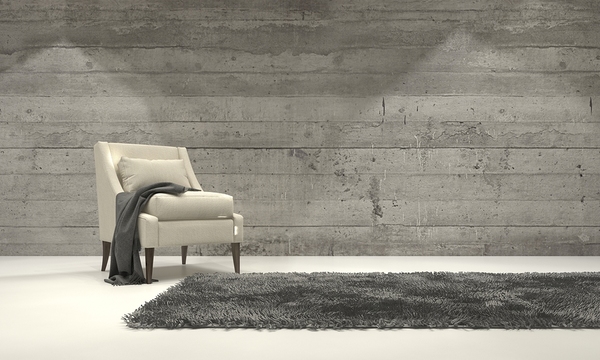Just as clothing fashions, car designs, and architectural styles can indicate the era from which they come, so can packaging design. A person can see, for example, a photo of a soda can from 30 years ago and immediately remember the general packaging styles of that time period. Minimalist packaging is a popular trend at the moment.

Done right, minimalism is timeless in its appeal.
Go back a few years, and packaging was at the other extreme. It was "crafty," and brand histories and philosophies were spelled out, often in great detail, on consumer goods packaging. At the time, the idea was to bring humanity and a hint of humor to everyday products. It made sense for new brand launches by companies that did not have huge advertising budgets and had to rely upon their packaging to convey their brand values.
Naturally, the pendulum began swinging the other way after a while, and today minimalist packaging offers consumers a sort of brand shorthand designed to get the point across in a minimal amount of time in our action- and information-packed lives.
The Risk: Inadvertently Erasing Brand Symbols
Paring back earlier, more complex designs to their minimalist "bones" can be taken too far, however. By removing "extras" that brand packaging designers have added over the years, a brand risks taking out something iconic associated with the brand, and damaging consumer perception in the process.
One example was the extreme scale-down of Tropicana Orange Juice packaging, which removed the iconic striped straw stuck in an orange, a move that had to be undone after sales fell. In other words, minimalist packaging is not just about tossing out design elements, because there is the risk of throwing out the proverbial baby with the bathwater.
Digital and Minimal Go Together
Minimalist packaging makes sense in the mobile digital world. For one thing, brands must capture attention almost instantaneously because so many things compete for the consumer's attention. Apple, for instance, does an excellent job of differentiating their products through minimalist packaging design, igniting consumer interest with somewhat stark aesthetics.
In the digital world, the way in which consumers approach products and brands and relate to them is evolving. Consumers often research products online before buying (particularly in the case of pricier items), so quite often they have reached their "moment of truth" well before they see product packaging.

People often know quite a bit about products they buy before holding a packaged product in their hands.
When they discover or discuss products in their Facebook feeds or read Amazon reviews, they leap-frog through a lot of the decision-making process. At that point, the brand packaging is more about confirming the consumer's decision with enjoyable, comforting packaging, which is quite often minimalist in design.
Sleek and Elegant Often Indicate Upmarket
Sleek elegance has always been a characteristic of high quality. Look at furniture, fashions, or even automobiles from decades ago and pick the looks that would work just as well today. Quite often they are the sleekest, most elemental designs that work in a variety of settings with a diverse group of people because of the designs' classic simplicity. This is terrific news for the brand packaging designer, because minimalist packaging almost by definition signals the consumer that the product itself, without extensive additional branding, conveys a sufficiently strong brand message.
Essentialism: Identifying Your "Brand DNA"
Minimalist packaging is not about stripping away everything, but about paring back to brand essentials. What is the brand's "DNA," making it unique among competitors? For Tropicana, in the example mentioned above, the straw stuck into the orange turned out to be an important part of the brand's DNA, and branding suffered when it was removed.
This type of minimalism, perhaps better stated as essentialism, offers authenticity, reassurance to customers, and a fresh sense of stripping away what is unnecessary to allow the product to assert itself. In short, it is a great fit for an era characterized by velocity, information, and a desire for comfort from our favorite brands.
It is important for brands to understand that minimalist packaging is not so much about cutting out elements to the point of obliterating beloved brand differentiators, but about going with what is elemental to the brand and subtly seducing the customer with it. It is a trend that is growing in importance as consumers seek to simplify and streamline the customer experience, and one that packaging designers should consider.
 |
 |




